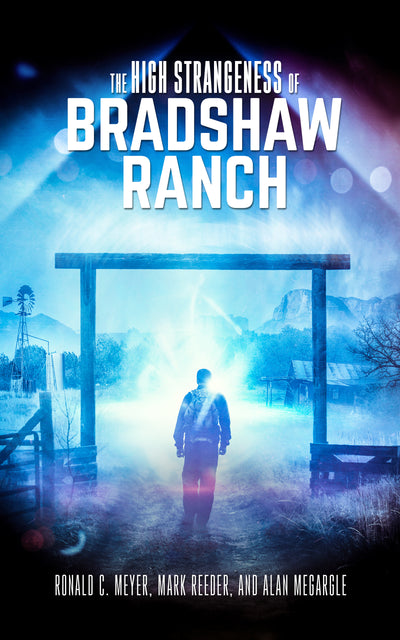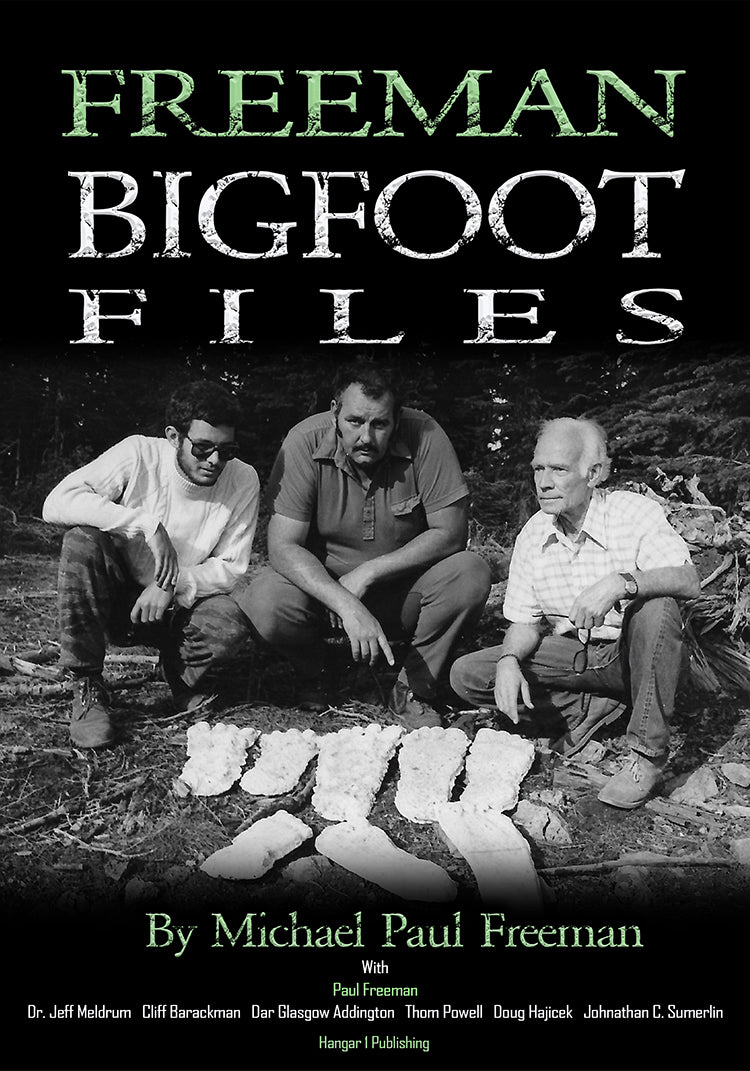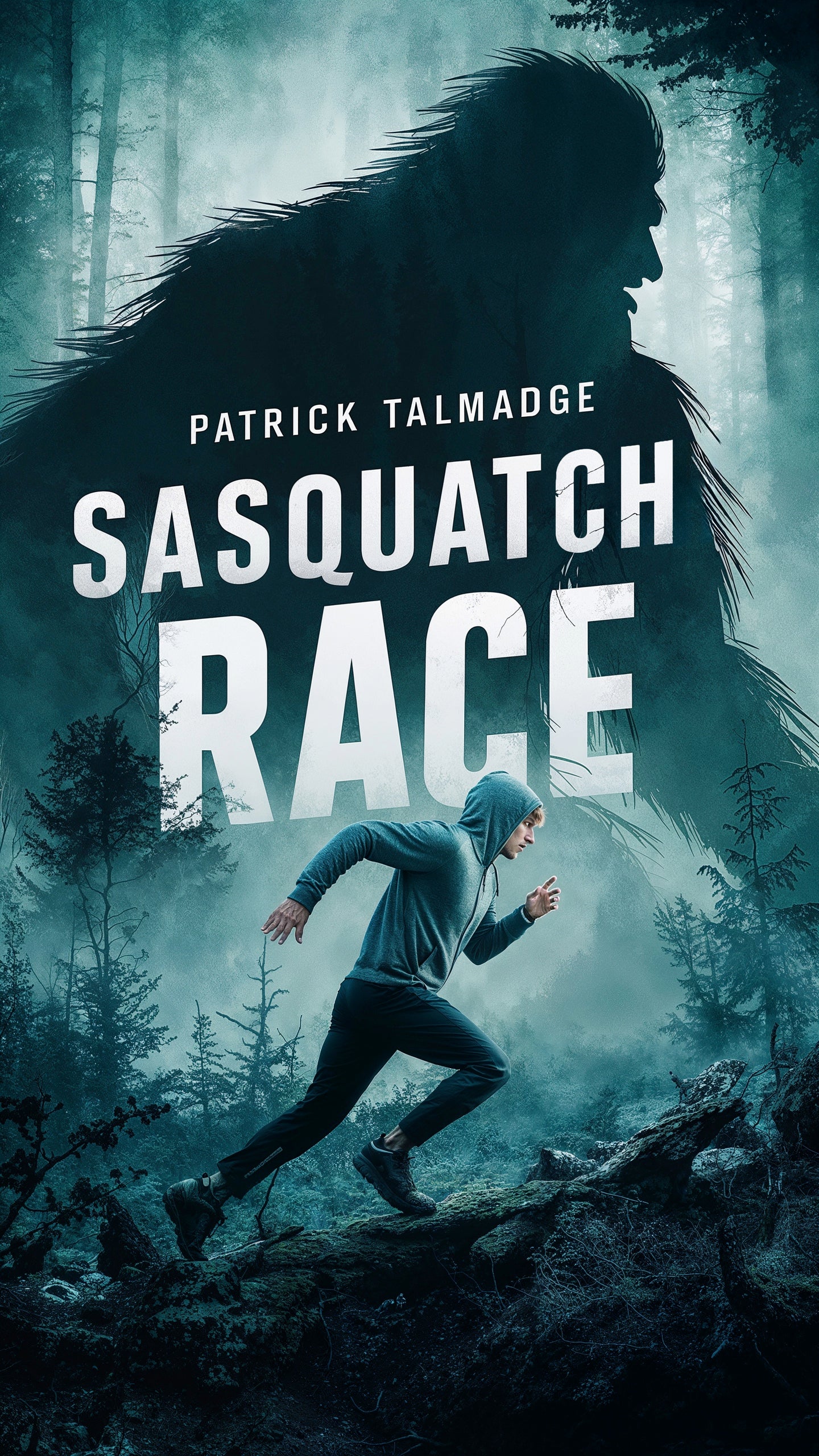Why Everyone's Talking About The Brookings Report

By Elaine Westfield, Ufologist
When someone mentions "The Brookings Report," they might be referring to analysis on Social Security reform, urban innovation districts, the effects of Medicaid work requirements-or extraterrestrial contact protocols. Yes, you read that correctly: alien contact.
This peculiar range highlights an essential truth about "The Brookings Report": it's not one document but many, spanning decades of research from one of America's most influential think tanks. Yet among the thousands of analyses published by the Brookings Institution, a single 60-year-old report has achieved near-mythical status in certain circles.
The Washington D.C.-based Brookings Institution, founded in 1916, has long shaped American policy through research on economics, urban development, foreign affairs, and governance. Its publications help guide decisions at every level of government. But when most people outside policy circles search for "The Brookings Report," they're often hunting for a single document that contemplated humanity's response to discovering alien life.
This article examines both this famous report and its unexpected legacy, as well as the broader spectrum of Brookings research that continues to influence contemporary policy debates. The story reveals how a think tank's methodical analysis can transcend academic circles and capture the public imagination in surprising ways.
The Report That Launched a Thousand Theories: The 1960 NASA Study
In December 1960, as the fledgling NASA agency (established just two years earlier) was finding its footing, the Brookings Institution delivered a 186-page report titled "Proposed Studies on the Implications of Peaceful Space Activities for Human Affairs." NASA commissioned this forward-thinking analysis to understand the societal impacts of peaceful space exploration-a remarkably prescient move for an agency barely out of its infancy.
The report addressed multiple aspects of the emerging space program. It analyzed how satellite communications would require a complex partnership between government and private enterprise-a prediction that proved accurate as telecommunications evolved. It considered how space-derived weather forecasting would transform daily life and explored the potential technological spin-offs from space research.
One section examined attitudes toward space activities among various groups:
- Scientists (whose reactions ranged from "delighted" to "hostile")
- Business executives (who had become "extremely reluctant to conclude that anything is impossible" due to recent technological advances)
- Children (whose childhood impressions might shape career choices)
- The general public (whose expectations of "glamorous space activities" might influence funding support)
But nestled in the comprehensive document was a small section-just two pages-that would eventually overshadow everything else: "The implications of a discovery of extraterrestrial life."
The Two Pages That Changed Everything
While acknowledging face-to-face alien encounters were unlikely in the next twenty years, the report considered the possibility of discovering artifacts left by extraterrestrial life forms on the Moon, Mars, or Venus. More probable, it suggested, would be contact through radio signals.
The report noted such a discovery "would certainly be front-page news everywhere"-a remarkably understated prediction for what would arguably be humanity's most significant discovery. But what makes this section so fascinating is how it methodically analyzed potential societal responses.
The authors suggested two contrasting possibilities:
- The discovery "might lead to a greater unity of men on earth, based on the 'oneness' of man" facing an external "other."
- Alternatively, drawing on anthropological precedent, they noted societies encountering unfamiliar cultures with different ideas and lifestyles sometimes disintegrated under the pressure. Those that survived typically did so by transforming their values, attitudes, and behaviors.
The report acknowledged that, given the immense distances involved, there would likely be "years of silence" after initial contact (due to light-speed limitations on communication). As a result, "the fact that such beings existed might become simply one of the facts of life but probably not one calling for action."
For further research, the report recommended studying "emotional and intellectual understanding and attitudes" regarding the possibility of intelligent extraterrestrial life, as well as understanding "the behavior of peoples and their leaders when confronted with dramatic and unfamiliar events or social pressures."
The Controversial Question: Share or Withhold?
The most frequently cited-and controversial-passage appears when the report frames a research question: "how might such information, under what circumstances, be presented to or withheld from the public for what ends?"
This single sentence has fueled decades of speculation about government UFO cover-ups. Richard C. Hoagland, a proponent of conspiracy theories, has argued this passage provides evidence of an ongoing cover-up of already-discovered intelligent extraterrestrial life. The National Investigations Committee On Aerial Phenomena suggested the report "gives weight to previous thinking by scholars who have suggested that the earth already may be under close scrutiny by advanced space races."
What these interpretations often miss is that the report took no position on the advisability of withholding information. It merely posed research questions about information management in a hypothetical scenario. The authors were social scientists doing what social scientists do: identifying areas for further study.
The principal author, Donald N. Michael, was a social psychologist with background in natural sciences, which explains the report's focus on psychological and societal implications rather than the technological aspects of potential contact.
Over 50 years after its release, the Brookings Institution revisited space policy, hosting expert panels on economic benefits of private industry involvement, scientific discoveries from NASA's efforts, and government policies for space exploration. This continued engagement with space policy shows the institution's enduring interest in the field, albeit with less focus on extraterrestrial life.
Beyond the Cosmos: Other "Brookings Reports" Shaping Policy
While the 1960 NASA report enjoys cult status in certain circles, the Brookings Institution continues producing influential analyses across numerous policy domains.
Driving Urban Transformation: Innovation Districts
A Brookings report on "The Rise of Innovation Districts" introduced a concept that has transformed urban planning. These districts are defined as "geographic areas where leading-edge anchor institutions and companies cluster and connect with start-ups, business incubators and accelerators." What distinguishes them is their physical compactness, transit accessibility, technological connectivity, and mixed-use development.
The report contrasted this emerging urban model with traditional innovation hubs like Silicon Valley-"suburban corridors of spatially isolated corporate campuses, accessible only by car, with little emphasis on the quality of life or on integrating work, housing and recreation."
Three models of innovation districts emerged from the research:
- The "anchor plus" model, centered around major institutions like universities and hospitals (e.g., Kendall Square in Cambridge, the Cortex district in St. Louis)
- The "re-imagined urban areas" model, where industrial or warehouse districts undergo transformation (e.g., Boston's South Boston waterfront, Seattle's South Lake Union)
- The "urbanized science park" model, where traditionally isolated suburban research parks increase density and mixed-use development (e.g., North Carolina's Research Triangle Park)
For growing these districts, the report recommended building collaborative leadership networks (using the "Triple Helix" model involving industry, universities, and government), setting a vision leveraging unique strengths, pursuing talent and technology, promoting inclusive growth benefiting adjacent neighborhoods, and enhancing access to capital.
This framework has influenced urban development strategies across the country, demonstrating how Brookings research provides actionable guidance for local leaders.
Securing Retirement: Social Security Solutions
In a very different domain, Brookings produced a blueprint for Social Security reform titled "Fixing Social Security: Blueprint for a bipartisan solution." This report gained attention for its balanced approach to addressing the program's funding shortfall.
The blueprint aimed to achieve solvency for the Old-Age, Survivors, and Disability Insurance (OASDI) program over 75 years while strengthening benefits for vulnerable populations. Its proposals balanced revenue increases and benefit adjustments:
For increasing revenue, it suggested:
- Raising the taxable maximum ceiling for FICA taxes
- Changing rules for pass-through payroll tax
- Increasing the payroll tax rate
On the benefits side, it proposed:
- Increasing the retirement age for high earners
- Basing benefits on 40 years of earnings rather than 35 years
- Taxing more benefits for higher-income recipients
- Gradually eliminating dependent spouse benefits for partners of high earners (with exceptions for disabled spouses and widow(er)s)
The plan also included benefit improvements for survivors, disabled older workers, and children, and aimed to achieve universal coverage by bringing in state and local employees who remain outside the federal system.
This balanced approach earned the blueprint support from both political parties. A letter signed by 16 Representatives-eight Democrats and eight Republicans-urged Senate leaders to consider this plan, noting its similarity to the successful 1983 Social Security amendments.
The bipartisan appeal demonstrates why Brookings analysis is often sought in policy debates-it's viewed as centrist and nonpartisan, focused on practical solutions rather than ideological purity.
Safety Net Impacts: Medicaid and School Closures
Brookings research has also illuminated unexpected patterns in social policy implementation.
An analysis of Medicaid work reporting requirements estimated they would reduce enrollment by 27% in the first year and 34% in subsequent years. Brookings scholar Matt Feedler's research found that one in three people in the ACA's Medicaid expansion would lose coverage under such requirements-not primarily because they refuse to work, but because they struggle to navigate bureaucratic hurdles.
This research showed that seemingly simple policy changes can have profound unintended consequences for vulnerable populations, particularly workers in manufacturing, agriculture, and service sectors.
In education policy, Brookings fellow Sofoklis Goulas uncovered a paradox: despite declining enrollment in public schools, closure rates have actually decreased. The school closure rate fell from 1.3% in 2014-15 to 0.8% in 2023-24.
Goulas noted, "I think it's important for people to realize how rare school closures are." His research found that schools losing over 20% of enrollment since the pandemic are often low-performing, but districts hesitate to close them due to community resistance and concerns about impacts on disadvantaged students.
The analysis explains why media reports about school closures give a misleading impression of widespread closures-districts frequently announce closure plans only to retreat in the face of community opposition. This research provides crucial context for understanding local education debates.
Global Economics: Trade Relationships and Tariffs
Brookings experts regularly analyze international economic relationships and policies.
When a new U.S.-U.K. trade deal was announced, Brookings expert Dan Hamilton pointed out a critical missing element: "U.S.-U.K. services trade is much more important, frankly, than goods trade. And yet, there's no mention of this."
Michael O'Hanlon, a Senior Global Affairs Expert at Brookings, has provided nuanced analysis of U.S.-China trade relations, emphasizing the challenge of balancing competition with cooperation. He noted that unlike the Cold War relationship with the Soviet Union (a strategic rival but not an economic partner), China is "both a strategic rival and a crucial economic partner." This requires carefully distinguishing between sectors where collaboration benefits both nations and areas where national security concerns necessitate restrictions.
Brookings research on tariffs and drug prices showed how trade policies increase healthcare costs, suggesting policymakers could expand Medicare's price negotiation power, subsidize low-income coverage, or incentivize domestic production of active pharmaceutical ingredients to mitigate these effects.
Technological Frontiers: AI and Financial Fraud
At the cutting edge of policy challenges, Brookings has explored how artificial intelligence can combat financial fraud while raising new regulatory questions.
A panel discussion moderated by Aaron Klein, a senior fellow in economic studies at Brookings, examined the use of AI in detecting and preventing financial scams. Experts from financial institutions described how machine learning models analyze transaction patterns in real time to identify suspicious activity.
These discussions highlighted the distinction between fraud (unauthorized transactions) and scams (authorized transactions where the user is tricked)-with scams proving much harder to detect because the customer intentionally initiates the transaction.
The panel emphasized the need for ecosystem-wide collaboration, as scams often originate outside the financial system (on social media or dating platforms) before culminating in a payment. This complex challenge requires coordination between financial institutions, technology platforms, telecommunications companies, and regulators.
A key tension emerged between customer experience and security-financial institutions want to prevent fraud without creating excessive friction for legitimate transactions. AI systems can provide more precise interventions, targeting warnings to truly suspicious situations rather than creating blanket obstacles.
The discussion also tackled emerging risks, such as the increasing use of AI agents to conduct transactions on behalf of users, requiring new approaches to authentication and security.
Through such forums, Brookings facilitates cross-sector dialogue on complex challenges that outpace existing regulatory frameworks.
Understanding the Brookings Machine
To appreciate the reach of "Brookings Reports," it helps to understand the institution itself.
The Brookings Institution describes itself as nonpartisan, though media characterizations vary from "centrist" to "liberal" to "center-left." An academic analysis of congressional records from 1993 to 2002 found it was cited by conservative politicians almost as frequently as by liberal ones.
Its publications take various forms, including books, journals (like Brookings Papers on Economic Activity), reports, policy briefs, and opinion pieces. The institution's scholars regularly testify before Congress, advise government officials, and appear in media to explain complex policy issues.
Brookings's influence extends beyond publications. Its experts have moved between the institution and government service, creating a revolving door that enhances its access and impact. The institution has contributed to major policy innovations, including the creation of the United Nations, the Marshall Plan, and the Congressional Budget Office.
This influence has brought scrutiny, particularly regarding funding sources. Investigations by The New York Times and The Washington Post have raised questions about grants from foreign governments and corporations and their potential influence on research. The resignation of former president John R. Allen amid an FBI probe into lobbying on behalf of Qatar highlighted these concerns.
In recent years, Brookings staff formed a union, Brookings United, which in 2024 ratified a three-year collective bargaining agreement-a sign of changing labor dynamics even within elite institutions.
One minor but important clarification: Reports from the City of Brookings, South Dakota, are entirely distinct from the Washington D.C.-based think tank's publications. This confusion occasionally arises in searches for "Brookings Report."
The Power of Analysis
From speculation about extraterrestrial encounters to detailed recommendations on retirement security, "The Brookings Report" encompasses a remarkably diverse set of analyses. Yet a common thread runs through them: the attempt to understand complex systems and their human implications.
The 1960 NASA report stands out not just for its consideration of alien contact, but for its recognition that technological advancement doesn't occur in a social vacuum. The authors understood that public perceptions, institutional responses, and cultural values would shape the impact of space exploration-including potential extraterrestrial discoveries.
This approach continues in Brookings's current work. Whether examining innovation districts, Social Security reform, or artificial intelligence applications, the institution's research consistently considers human behavior, institutional dynamics, and societal impacts alongside technical details.
Perhaps this is why "The Brookings Report"-in all its variations-remains influential. Beyond providing data or technical solutions, it offers a framework for understanding how policies, technologies, and human systems interact. This holistic perspective makes it valuable for navigating an increasingly complex world, whether we're planning for retirement security or contemplating how humanity might respond to the ultimate discovery.
From Bigfoot to UFOs: Hangar 1 Publishing Has You Covered!
Explore Untold Stories: Venture into the world of UFOs, cryptids, Bigfoot, and beyond. Every story is a journey into the extraordinary.
Immersive Book Technology: Experience real videos, sights, and sounds within our books. Its not just reading; its an adventure.


























